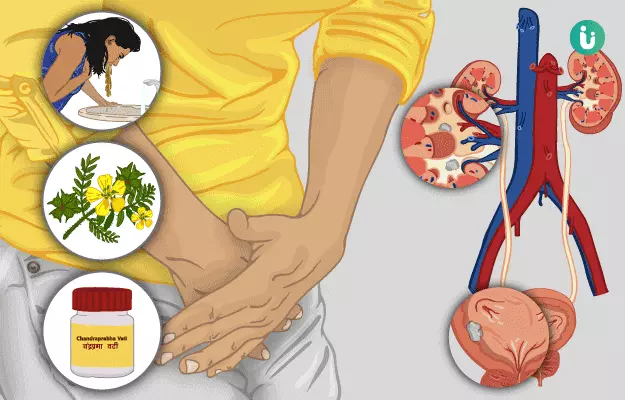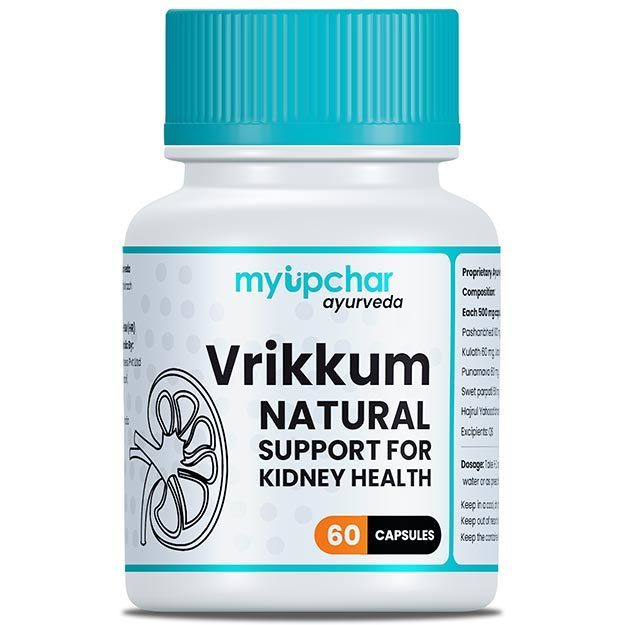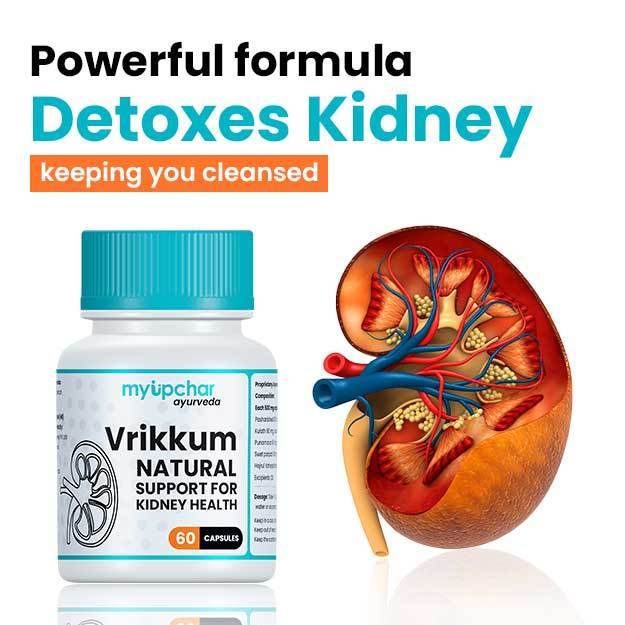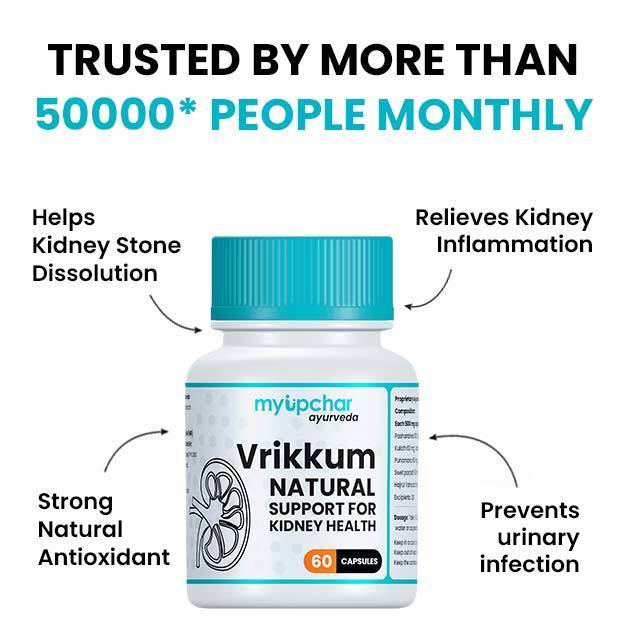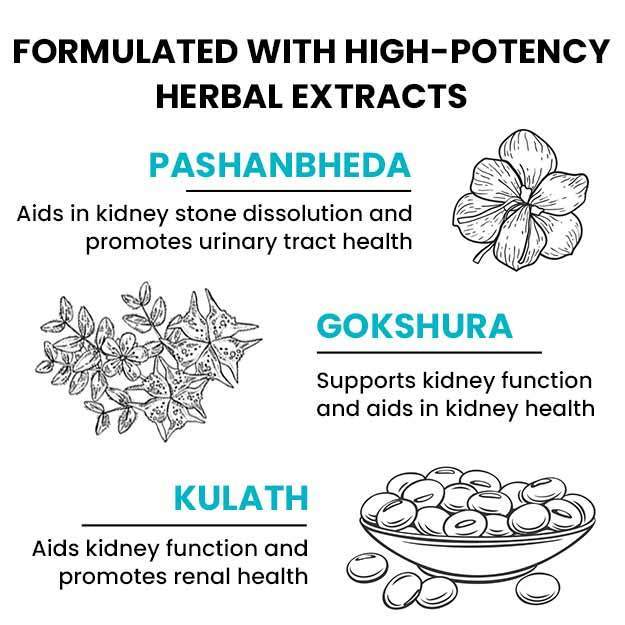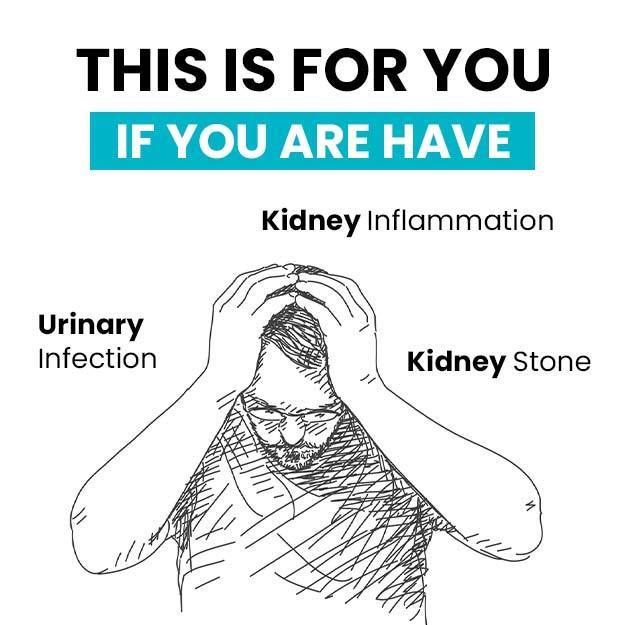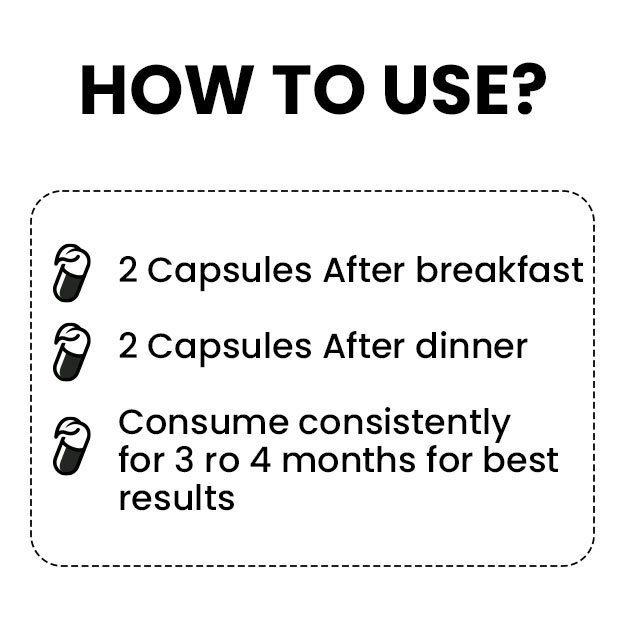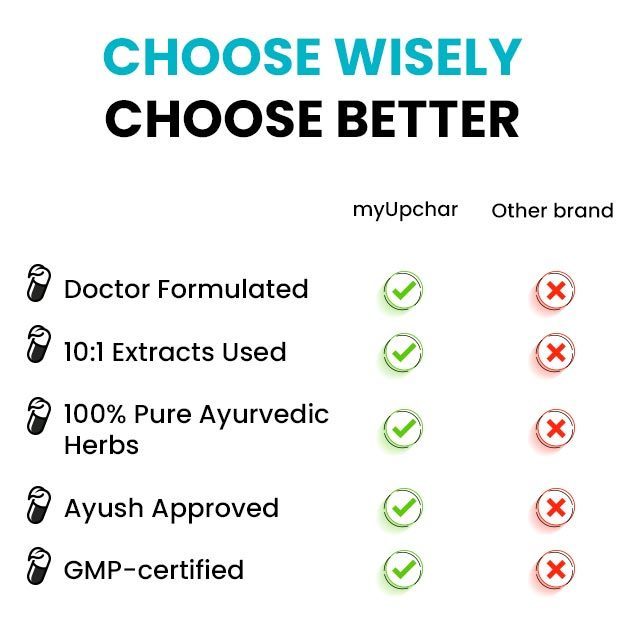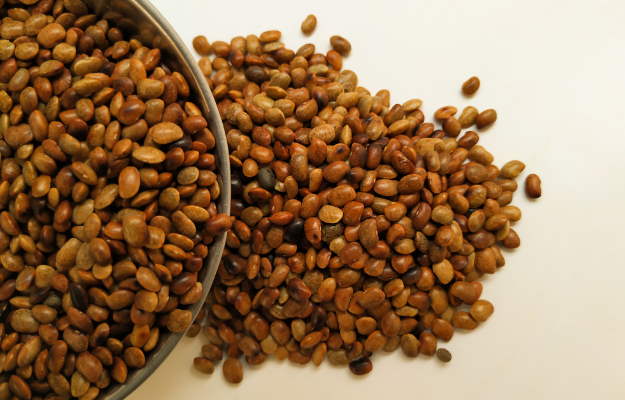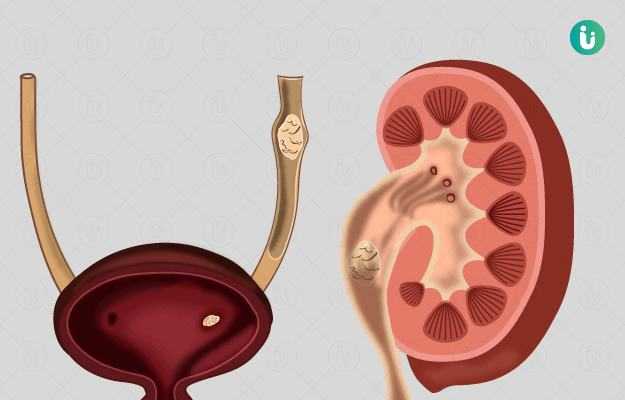Kidney stones are also known as ashmari in Ayurveda. They are formed when the vitiated kapha dosha reaches the urinary system and gets dried due to vata. These stones get lodged in the kidneys and when they are displaced, intense pain in the pelvic region, painful urination and difficulty in urination is experienced. The pain intensifies due to movement. Ayurveda classifies ashmari into four basic types depending on the predominance of the particular dosha. The disease can be very painful and may need immediate treatment. Ashmari treatment includes shamana (pacification), shodhana (purification) and sometimes shastra karma, which is surgical removal of the kidney stone. While pacification includes the use of various drugs to dissolve the stone, increase urine output and alleviate pain; shodhana includes panchakarma (five therapies) like vamana (medical emesis), basti (enema) and virechana karma (purgation therapy) to remove the doshas out of the body. These are done only after the preparatory procedures of snehana (oleation) and swedana (sudation).
Commonly used herbs for ashmari are gokshura (small caltrops), punarnava (red hogweed), pashanbheda (stone breaker). Formulations like chandraprabha vati, gokshura guggulu and yava kshara are prescribed to treat kidney stones. The condition is treatable, and recurrence can be completely avoided with proper diet and lifestyle changes.

